The agriculture sector is a big part of the Australian economy. The Department of Agriculture helps connect all Australians, both urban and rural, through what it does and provides. The industry’s ability to adapt, innovate, and successfully collaborate will continue to support a strong and prosperous Australia with sustainable food security. Aridity or semi-aridity is predominant in most of Australia.
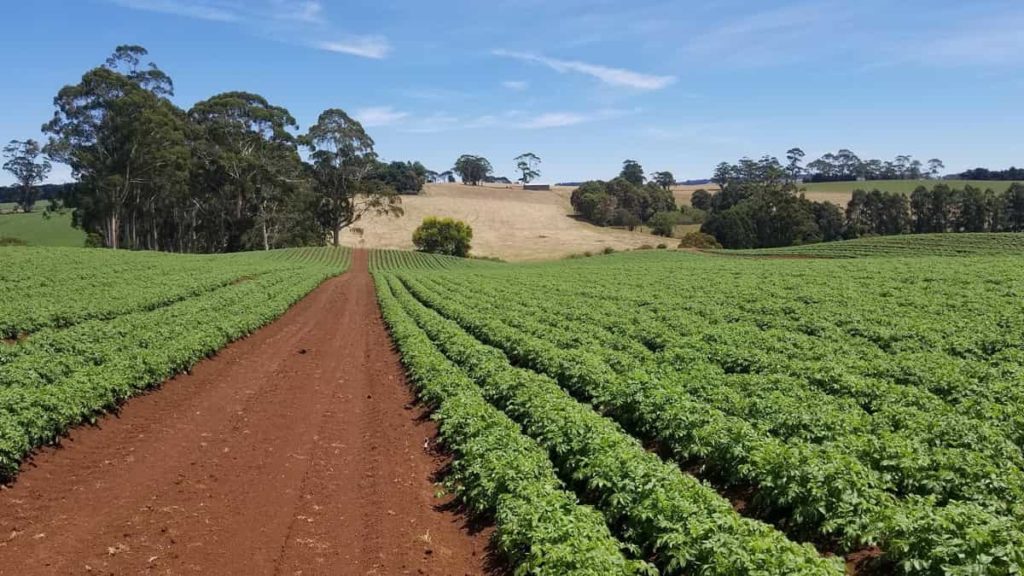
The importance of small operations has also steadily declined. Nearly half of the country’s farm companies now contribute less than a fifth of Australia’s total agricultural output, but about one-tenth of the agribusiness accounts for half of the production. Let’s check out more information about agriculture farming in Australia below.
Importance of agriculture farming in Australia
Historically, agriculture has been as important to Australia’s development as it was to the United States. Australia’s traditional dominance of Wheat and sheep continues into the 21st century. Recently, Australian agriculture has become increasingly diverse. The proliferation of arable land has helped Australia become a leading global exporter of grain, meat, and wool. Australia’s exports dominate the worldwide grain (mainly Wheat and Barley) and wool markets.
The high productivity of Australian agriculture has largely been due to the development of new technologies and methods. Australia tops the world with 35 million hectares of certified organic matter, accounting for 8.8% of Australia’s agricultural land. Australia now accounts for over half (51%) of the world’s certified organic farming hectares. Despite its difficulties, Australia’s success in becoming a major agricultural power is facilitated by the promotion of its long-term vision policies and agrarian reforms that have greatly boosted the country’s agro-industry.
Badly affected, but also contributes to it. Australian farmers are already exploiting strategies to mitigate the effects of climate change. New research and development of new technologies are underway in Australia and internationally to mitigate the effects of climate change on agriculture and the effects of agriculture on the climate. Australian consumers are becoming more aware of the environmental issues associated with livestock production and are looking for alternative protein sources.
Agriculture includes cultivating and breeding livestock and crops to support or improve human life. In Australia, with its wide variations in climate and altitude, farmers can produce a wide range of cold, warm, and tropical foods. Recent government estimates show that major agricultural commodities are grains and oilseeds (29.8%), meat (24.0%), industrial crops (Sugar, Cotton, and Wine) (13.5%), wool (7.0%), milk (6.6%) and horticulture (4.5%).
In case you missed it: Growing Okra in Australia: At Home, Planting Season, and Guide
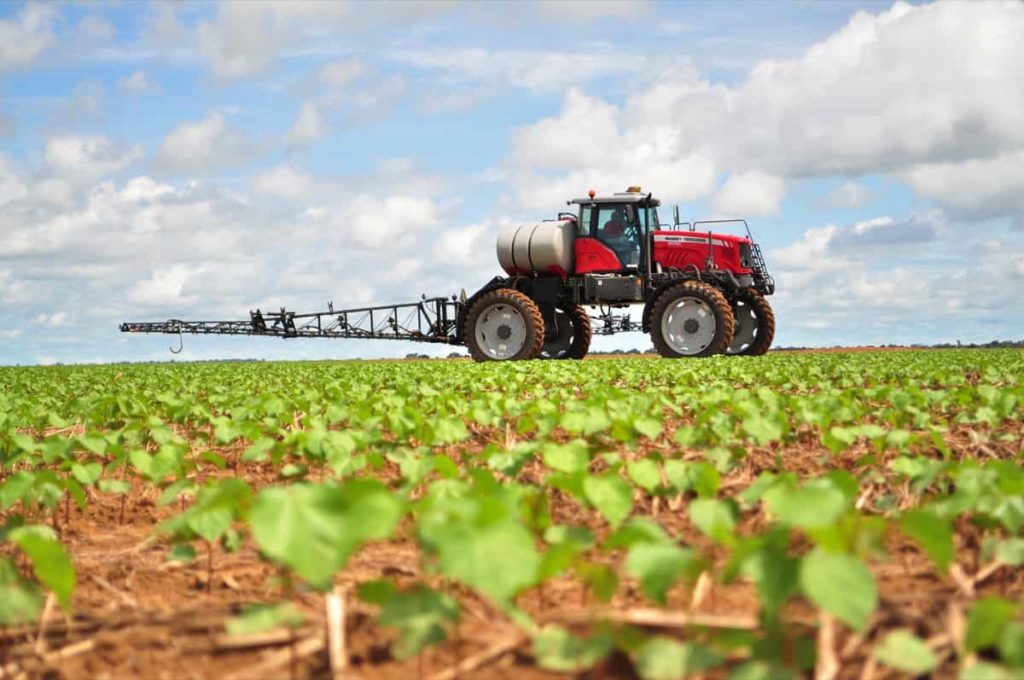
Australia’s leading agricultural commodities
Australia is a major exporter of cereals, meat, sugar, milk, and fruits. Landholdings are exclusively large, specialized, owner-managed, capital-related, export-oriented, and connected through the activities of producers’ associations and government organizations. Farmers in Australia provide most of the country’s food, and agricultural products are major exports.
In addition, livestock rearing and crop cultivation are symbolically crucial for a country proud of its vast area, abundant resources, and stable settlers. Australian agriculture is also important internationally. Australia’s leading agricultural commodities are Corn, Cotton, Dairy, Dried fruits, Forestry, Cereals, Rice, Sheep Meat, Sugar, and Wool.
Benefits of farming in Australia
Farmers spend many hours cultivating land, planting seeds, and harvesting agricultural products to ensure healthy food for all. It produces food not only to meet their needs but also for many others, not only in Australia but all over the world.
Low input cost – The initial cost is low due to the rapid development and advancement in technology and science. It mainly applies to farming equipment. For example, large manufacturers are no longer the first choice of many people. Other brands have significantly improved their agricultural machinery, such as cultivators, balers, combine harvesters, small farm tractors, etc. Many small farm tractors are as durable as the world-famous brands. They are powerful, tactful, easy to maintain, and loaded with various features.
Economic benefits – The economic benefits of being a farmer in Australia are enormous. The importance of farming can be seen every year as it contributes 3% to GDP or 50 billion dollars to the Australian economy. High demand equals high food production, which increases GDP, and the higher the GDP, the stronger the economy. It encourages the Australian Government to allocate significant funds to the sector. There are various government programs designed to support Australian farmers financially.
Environmental benefits – As a clean environment is essential, many farmers are implementing what is known as natural resource management. Farmers use more organic fertilizers, seeds, and other essential products to grow quality crops. As a result, the negative effects of greenhouse gas emissions have been reduced. In addition, the soil is more fertile, which ensures fruitful harvests.
Addressing global trends and challenges in Australia
Australia is developing and implementing agtech and foodtech solutions that enable farmers and food producers to manage key challenges. These include increasing productivity while managing limited resources and responding to the ever-changing consumer demand for healthy, easy, and searchable food.
Climate has a significant impact on farm production in Australia. With the recent drought’s end, agricultural produce’s value increased significantly. The impact on some commodities is huge, with rice and cotton production expected to increase by up to 50 percent after the recent heavy rains.
Trends affected agriculture consumers in Australia
Climate change and rainfall trends affect food prices, which vary in agricultural profits and global prices. For example, when livestock fodder prices are high during severe droughts, farmers reduce their stock (de-stock), and meat prices go up. If the more severe predictions come true, climate change will affect where some nuts, fruits, and pastures may grow, affecting livestock and milk production.
In case you missed it: How to Start Beekeeping in Australia: For Beginners, Courses, Rules, and Regulations
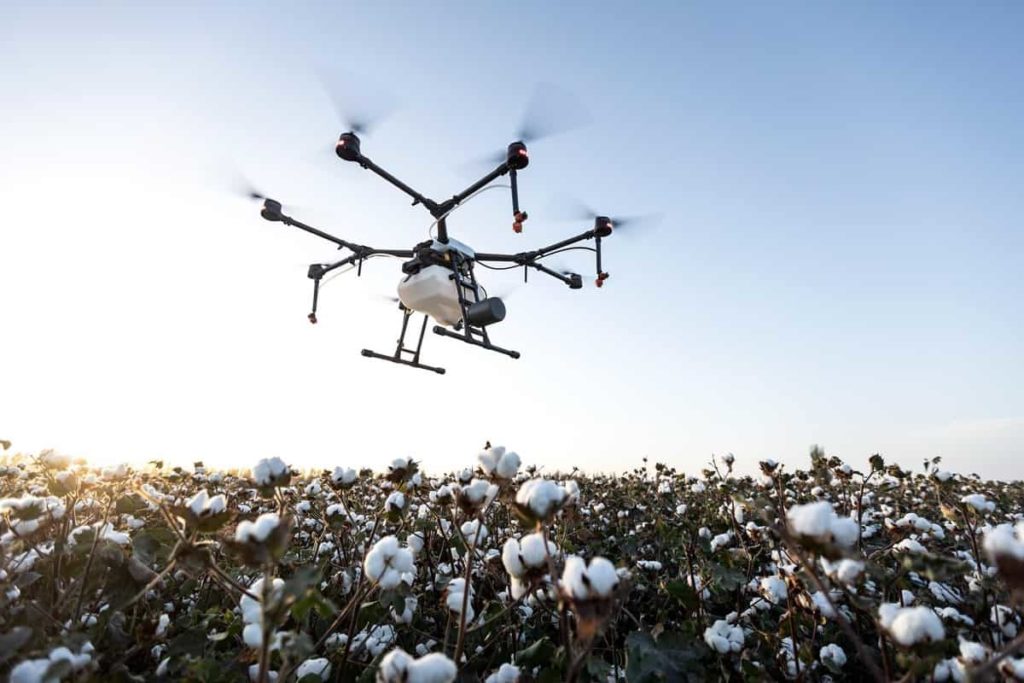
Encouragingly, the negative effects of agriculture on climate change are leading to a shift in consumer preferences. The market demand for plant-based protein has been growing in recent years. Farmers are embracing the change, and Australians have greater access to plant products that mimic meat and dairy products.
Australian consumers are deeply interested in the authenticity of their food – called food provenance. For example, consumers who want to minimize their environmental impact and contribute to climate change can find information on the environmental impact of production and subsequent processing and transportation on the farm. Reducing fraud in food labeling will require reliable technology for food product certification. Australia’s agricultural sector is a world leader in developing and adopting these technologies.
Australia generally has little effect on market prices, the main exception being wool. Cycles in commodity prices have a significant impact on Australia’s economic situation. The biggest fluctuations have been in commodity prices in the agricultural sector, and the underlying trend has been downward in the last 20 years. The farming industry has also developed more attractive products for consumers and their changing needs.
Australian farmers are innovative and have adopted new technologies and methods to drive continuous productivity growth and respond to the sometimes difficult physical environment. They accept science and technology-based solutions, and their appetite is demonstrated. Farmers and businesses in Australia have developed innovations such as drought-tolerant crops, robust irrigation systems, and technology that can predict yields and recommend better pastures and storage densities.
Impact of climate change on Australian agriculture
In recent decades, extreme and severe droughts, floods, and the increasing prevalence of temperature changes due to climate change have put more pressure on Australian farmers. In addition to market fluctuations, farmers must now adapt their farming practices to climatic conditions to be more productive and economical. Although climatic trends are complex across Australia, rainfall has generally increased in the north over the past century and decreased in the south.
These trends are accompanied by seasonal events such as increasing periods of drought and increasing frequency of extremes in different rainfall distributions. Climate change is testing Australian farmers, who will have to constantly adapt their methods to maintain the productivity of Australian agriculture. Farmers are already using strategies to mitigate the effects of climate change.
These include non-arable agriculture, where the land is not cultivated before sowing, reducing soil erosion, and maintaining crop pegs, resulting in increased carbon input into the soil. In addition to capturing carbon and reducing greenhouse gas emissions, these approaches improve soil structure and fertility, increase water efficiency, and reduce input costs.
Crops cultivated in Australia
The main crops grown in Australia are Wheat, Coarse Grains (Barley, Oats, Millet, Maize, and Triticale), Rice, Oilseeds (Canola, Sunflower, Soybeans, and Peanuts), Cereal Beans (Lupine and Peas, Sugarcane, Cotton, Fruits, Grapes, Tobacco, and Vegetables. The main livestock products are sheep (wool and sheep), beef, pork, poultry, and dairy products. Exports account for 90% of wool and cotton production, about 80% of Wheat, 50% of barley and rice, 40% of beef and cereals, 30% of dairy products, and 20% of fruits.
Cereals, oilseeds, and grain legumes are widely grown in Australia for human consumption and animal feed. Wheat is the most productive grain in terms of area and value for the Australian economy. Sugarcane is also an important crop grown in tropical Australia. However, the non-subsidized industry is struggling to compete with Brazil’s much larger and more efficient sugarcane industry.
Australia is a major global producer of many agricultural products, including Wheat, wool, and beef. Large commercial crops include a wide range of grains, Oilseeds, and Beans, including more hardy crops like Rice, Sugar, Cotton, Grapes, Bananas, and Potatoes. Food, wool, dairy, sheep, pig, and poultry are major livestock products. It is accepted that Australia has a strong competitive advantage in agricultural production.
In case you missed it: Goat Farming in Australia: Breeds, How to Start, and Guide
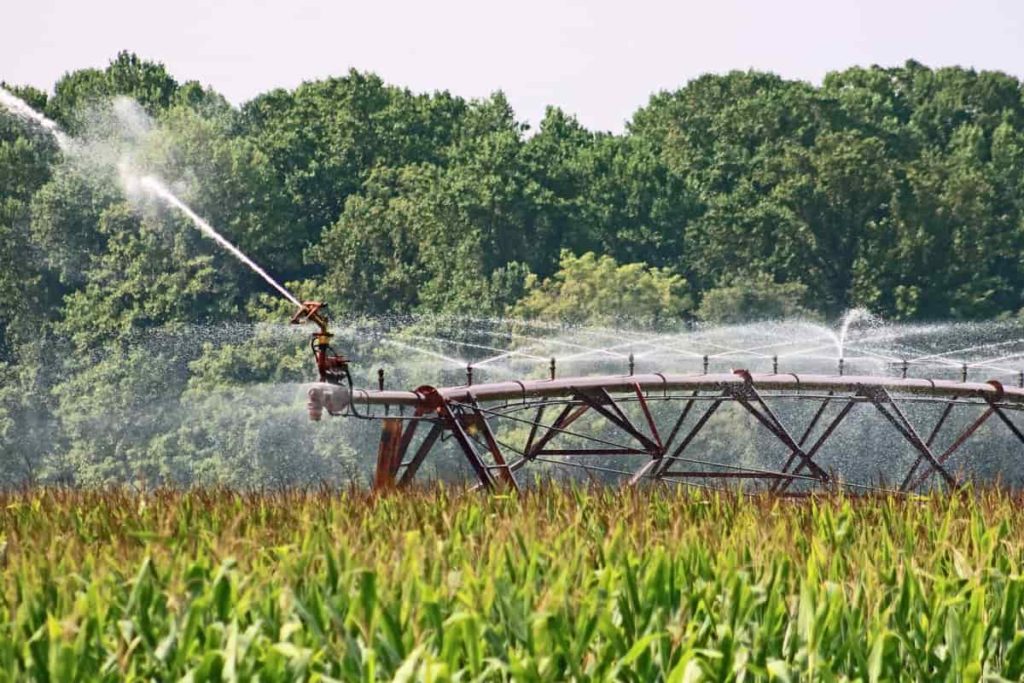
It results from our size, geography, use of technology, and manpower expertise. As a result, agriculture is one of the Australian economy’s most productive and internationally competitive sectors. Other major crops include Cotton (the second most valuable crop after Wheat), Rice, Tobacco, soft and tropical fruits, Corn, Millet, Oilseeds, and many other items widely used in farming. Horticulture is the growing of horticultural crops that make a valuable contribution to Australian agriculture.
It includes cut flowers such as fruits, nuts, vegetables, and ornamental crops. Most products are sold in Australia, but some are exported. Farmers grow tropical fruits such as Bananas, Mangoes, Avocados, and Oranges, as well as soft fruits such as Apples, Pears, and Grapes. Most cultivated vegetables are Asparagus, Potatoes, Tomatoes, Carrots, Mushrooms, and Onions. Australian macadamia nuts are sold all over the world.
Agricultural production statistics in Australia
The physical environment and climate determine the agricultural product distribution in Australia. The traditional large-scale Wheat and sheep production system is fairly evenly distributed between New South Wales, Victoria, South Australia, and parts of Western Australia. Queensland, New South Wales, and Victoria produce mostly beef, and New South Wales has the largest and most numerous poultry farms.
Sugarcane and large-scale vegetable production are almost entirely in the tropical state of Queensland, while Cotton is grown in both New South Wales and Queensland. Tropical fruits like Mangoes and Bananas are grown in New South Wales, Queensland, Western Australia, and parts of the Northern Territory. Farm sizes range from small part-time farms to operations over 5,000 hectares.
Australian farming is generally characterized by large-scale, highly mechanized, and efficient operations, partly because only a small part of the workforce is employed in the sector. Due to its importance in the economy, environmental factors have long been overlooked in the production of agricultural commodities.
In the past, the agricultural sector has carried considerable political weight, represented by Labor and national political parties. Political pressure is mounting to end subsidies and other protections given to farmers by urban dwellers. Australian farmers do not already receive many subsidies from farmers in the United States and Europe.
Australian farmers manage agriculture with significant risks and variations
Australian agricultural producers manage significant variability, including highly variable climates and volatile commodity prices. These factors lead to significant variations in farm production and income, more than the experience of farmers in other countries and the experience of business owners in other areas of the Australian economy. In recent decades, Australia has seen a trend toward higher temperatures and lower winter rainfall, directly affecting industry performance.
Estimates of the climate model provide some insight into the extent of the climatic future and the adaptation pressures that farmers may face. Rising input costs and drought were the biggest obstacles to crop development, with only 21 and 27 percent of farmers pointing out that these were not challenges on their farms in the last three years. Rising water costs and low availability ranged from moderation to major challenges for most irrigation.
Challenges in Australian Agriculture
Agriculture is the most efficient and technologically advanced industry in Australia. Australian farmers have achieved this despite facing significant challenges. Australia is the driest continent and has the world’s oldest, shallowest, and most climactic soil. Farmers adapt to these conditions by developing unique and efficient farming methods. They have been helped by technological advances, which have increased agricultural production and even reduced the number of agricultural workers.
Nevertheless, Australian agriculture still suffers from climate change, which has already negatively affected production. Climate change due to global warming, water scarcity, and land degradation – declining land prices – are serious concerns. Australian agronomists face many challenges, such as climate change, rainfall changes, the need to invest in infrastructure and technology, falling commodity prices, and a severe shortage of skilled labor.
For graduates, an imminent challenge will be to increase agricultural productivity. Already, two-thirds of Australia’s land is devoted to farming, and 90% of that land is used for grazing cattle and sheep. One approach is to increase the amount of arable land available to Australian farmers by thinking creatively about introduced species management, restoration of low-nutrient areas, and the relative sustainability of different crops.
Agriculture loans in Australia
Agristarter loans
Agristarter loans provide farmers to either help them start their own farming business or plan and implement succession arrangements.
In case you missed it: Pig Farming in Australia: Breeds, How to Start, Tips, and Ideas
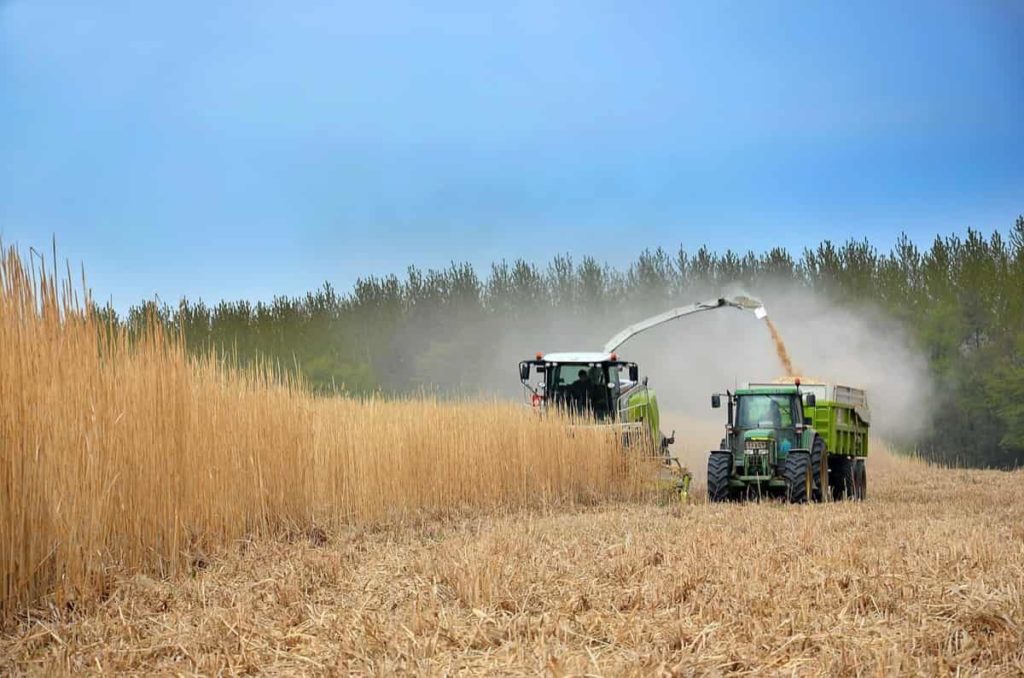
There are two types of loans:
- First Farmer – Loans for those who want to buy, set up, or develop a farm business in which they will keep a single or controlling interest.
- Succession – Loans can be used for planning or starting a farm business for succession arrangements.
Loans may be used to:
- Buy an existing farm business
- Set up a new farm business
- Buying relatives after a farm business succession
- Pay the costs associated with the classification process
- Pay legal costs or stamp duty.
Individual applicants must:
- Become an Australian citizen or permanent resident.
- Intend to contribute at least 50% of their labor to the farm business.
- Earn or plan to earn at least 50% of your income from the farm business.
Farm business applicants must:
- Operate as a sole trader or partnership. a trust or a corporation
- Registered in Australia with the Australian Business Number (ABN) for tax purposes and the Goods and Services Tax (GST).
- Able to repay the loan.
- Become an Australian citizen or permanent resident.
Farm Investment Loans in Australia
Farm investments provide loans to the farm business to make the loan farm stronger, more flexible, and more profitable.
Loans can be used:
- Strengthen your farm business.
- Access interstate or markets outside of Australia.
- Prepare for drought, manage it, or recover.
- Refinance of existing debt
- Repay operating costs or capital.
- Increasing productivity
- Funding drought-related activities
What are the eligibility criteria?
- Become a permanent resident or Australian citizen.
- Contribute at least 75% of your labor to the farm business (under normal circumstances)
- Earn at least 50% of your income from the farm business (under normal circumstances)
Market opportunities in Australian agriculture
The agricultural sector in Australia is highly productive despite serious challenges. Large areas of the country are unsuitable for farming. Australia receives less rainfall than any other continent except Antarctica, with an average annual rainfall of 16.5 inches (42 cm). Deserts and semiarid landscapes cover much of western and central Australia. The best-watered areas are the east and south coasts of the mainland and the slopes of Tasmania.
In case you missed it: Top 10 Agriculture Universities of Australia
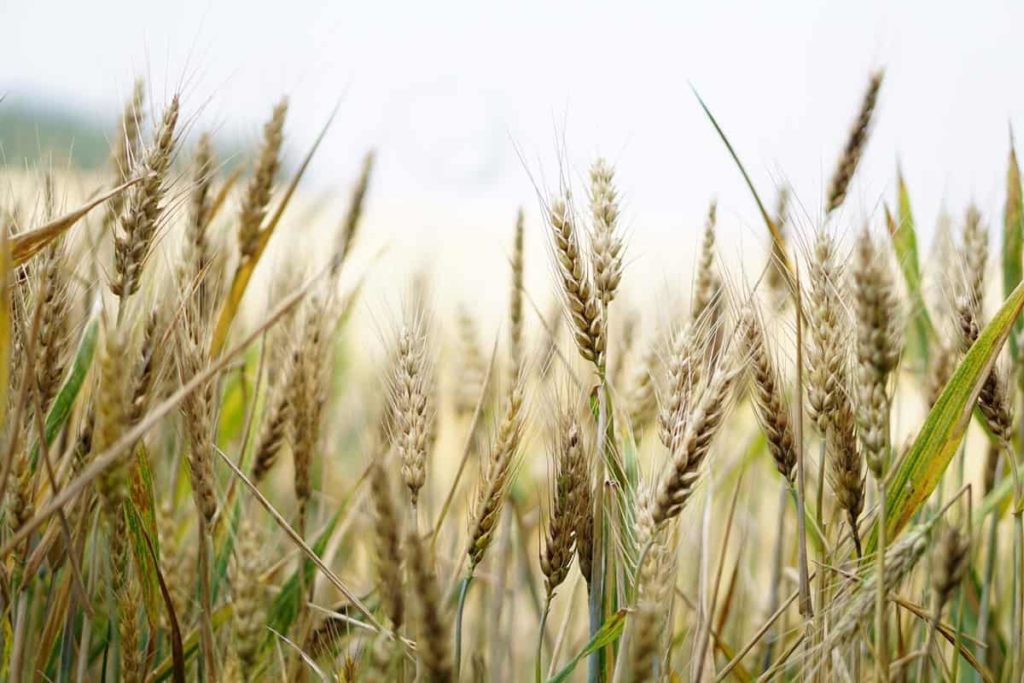
In addition, most of the country’s land is mediocre or poor in terms of world standards. Unlike the great farming areas of other major countries, there is no vast area of rich, adaptable soil. Soil chemical deficiencies are particularly common in Australia. Farmers should apply fertilizers frequently, including large amounts of phosphate and traces of many other nutrients. Export markets account for a large share of Australian Wheat, beef, cotton, sugar, and wool production.
Domestic markets are more important than export markets for mutton, dairy products, coarse grains, pulses, and horticultural crops. About 70% of Australia’s agricultural output is exported. Strong food export opportunities have emerged in the Asian region, with rising living standards and changing food preferences creating more food and a wider demand. For many years, small-scale farming and market gardens have been an important way for Australian families to meet their needs and earn an income.
Although major operations have largely replaced this self-sufficiency, some market gardens still exist on the city’s outskirts, providing perishable vegetables in the local market. The rise of responsible farming and ethical consumerism means that Australians are now more interested in growing their food and understanding where their food dollars are going by making responsible, informed choices in stores or markets.
Conclusion
Agriculture is a very sophisticated and high-tech industry today and has been one of Australia’s most advanced and efficient industries. Please follow the above steps for more information on agriculture in Australia.
- Economical Aquaculture: A Guide to Low-Budget Fish Farming
- 15 Common Planting Errors That Can Doom Your Fruit Trees
- How to Make Houseplants Bushy: Effective Tips and Ideas
- Innovative Strategies for Boosting Coconut Pollination and Yield
- Pollination Strategies for Maximum Pumpkin Yield
- The Complete Guide to Chicken Fattening: Strategies for Maximum Growth
- Natural Solutions for Tulip Problems: 100% Effective Remedies for Leaf and Bulb-Related Issues
- Revolutionizing Citrus Preservation: Towards a Healthier, Greener Future
- Natural Solutions for Peony Leaf and Flower Problems: 100% Effective Remedies
- Maximizing Profits with Avocado Contract Farming in India: A Comprehensive Guide
- Natural Solutions for Hydrangea Problems: 100% Effective Remedies for Leaf and Flowers
- The Ultimate Guide to Choosing the Perfect Foliage Friend: Bringing Life Indoors
- From Sunlight to Sustainability: 15 Ways to Use Solar Technology in Agriculture
- The Ultimate Guide to Dong Tao Chicken: Exploring from History to Raising
- The Eco-Friendly Makeover: How to Convert Your Unused Swimming Pool into a Fish Pond
- Mastering the Art of Delaware Chicken Farming: Essentials for Healthy Backyard Flocks
- 20 Best Homemade Fertilizers for Money Plant: DIY Recipes and Application Methods
- How to Craft a Comprehensive Free-Range Chicken Farming Business Plan
- Brighten Your Flock: Raising Easter Egger Chickens for Beauty and Bounty
- How to Optimize Your Poultry Egg Farm Business Plan with These Strategies
- Subsidy for Spirulina Cultivation: How Indian Government Schemes Encouraging Spirulina Farmers
- Ultimate Guide to Raising Dominique Chickens: Breeding, Feeding, Egg-Production, and Care
- Mastering the Art of Raising Jersey Giant Chickens: Care, Feeding, and More
- Ultimate Guide to Raising Legbar Chickens: Breeding, Farming Practices, Diet, Egg-Production
- How to Raise Welsummer Chickens: A Comprehensive Guide for Beginners
- How to Protect Indoor Plants in Winter: A Comprehensive Guide
- Ultimate Guide to Grow Bag Gardening: Tips, Tricks, and Planting Ideas for Urban Gardeners
- Guide to Lotus Cultivation: How to Propagate, Plant, Grow, Care, Cost, and Profit
- Agriculture Drone Subsidy Scheme: Government Kisan Subsidy, License, and How to Apply Online
- Ultimate Guide to Raising Araucana Chickens: Breed Profile, Farming Economics, Diet, and Care
- Bringing Hydroponics to Classroom: Importance, Benefits of Learning for School Students
- Ultimate Guide to Raising Polish Chickens: Breed Profile, Farming Economics, Diet, and Care
- Ultimate Guide to Raising Australorp Chickens: Profile, Farming Economics, Egg Production, Diet, and Care
- Silkie Chicken Farming: Raising Practices, Varieties, Egg Production, Diet, and Care
- Sussex Chicken Farming: Raising Practices, Varieties, Egg Production, Diet and Care
- Homemade Feed Formulations for Livestock: Discover Cost-effective Starter to Finisher Feed Recipes